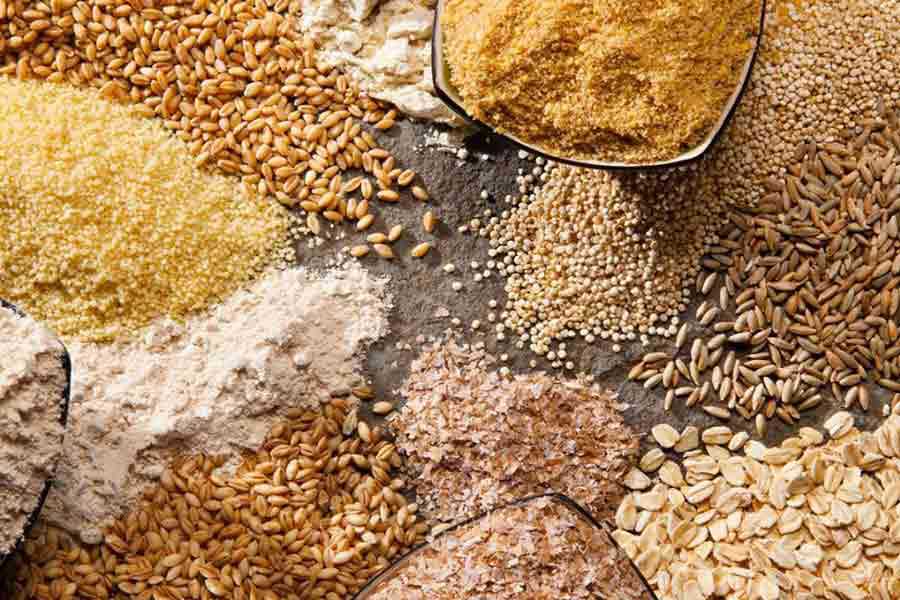Our Human Ecology Diet has cereal grain as its foundation. Taken as a group, the grains can feed more people per acre with semi-perishable food than any other food. The nourishing qualities of eating grain plus the ability to store grain for long periods of time with little spoilage have made it the most important single crop in human history. It has assured societies the capacity to survive through periods of drought or the presence of harmful pests.
It was insurance against the bad times.
The nutritional profile of grain is excellent. It contains protein, vitamins, minerals, carbohydrate, fats, and fiber in a form that is easy to digest and metabolize. Grain is versatile in use and can be made into porridge, breads, or noodles. In North and South America, the primary grain was maize (corn) or quinoa in the high Andes; oats in the British Isles; buckwheat and barley in Europe; wheat, millet, and rice in the Near and the Far East; and wheat and millet in Africa. These grains became synonymous with settled culture.


